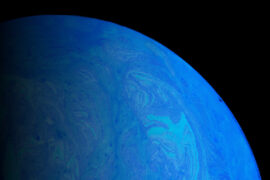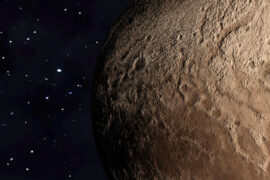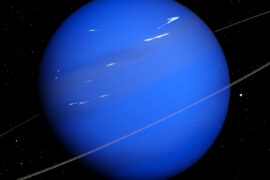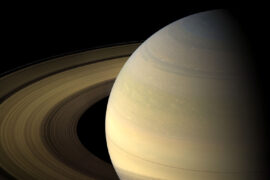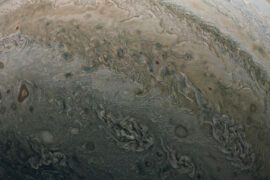The Pinwheel galaxy, also known as M101 or Messier 101, is one of the most well-known and recognizable galaxies that we can see from Earth. It became popular because it is one of the best examples of a spiral-type galaxy, its huge size, its relative closeness to our galaxy, and because its “face” is positioned directly towards us, making it one of the best objectives to study and photograph.
The Pinwheel galaxy is located in the direction of the Ursa Major constellation, and it is about 20.9 million light-years away from Earth. It is approximately 70% bigger than our galaxy, the Milky Way with a diameter of 170,000 light-years.
Thanks to all these favorable conditions to observe it, it is common that we ask ourselves if this beautiful galaxy could contain planets, and if so, what are they like? could they contain life? how many are there?. Let’s take a look at everything we know about them.
Does the Pinwheel Galaxy have planets?
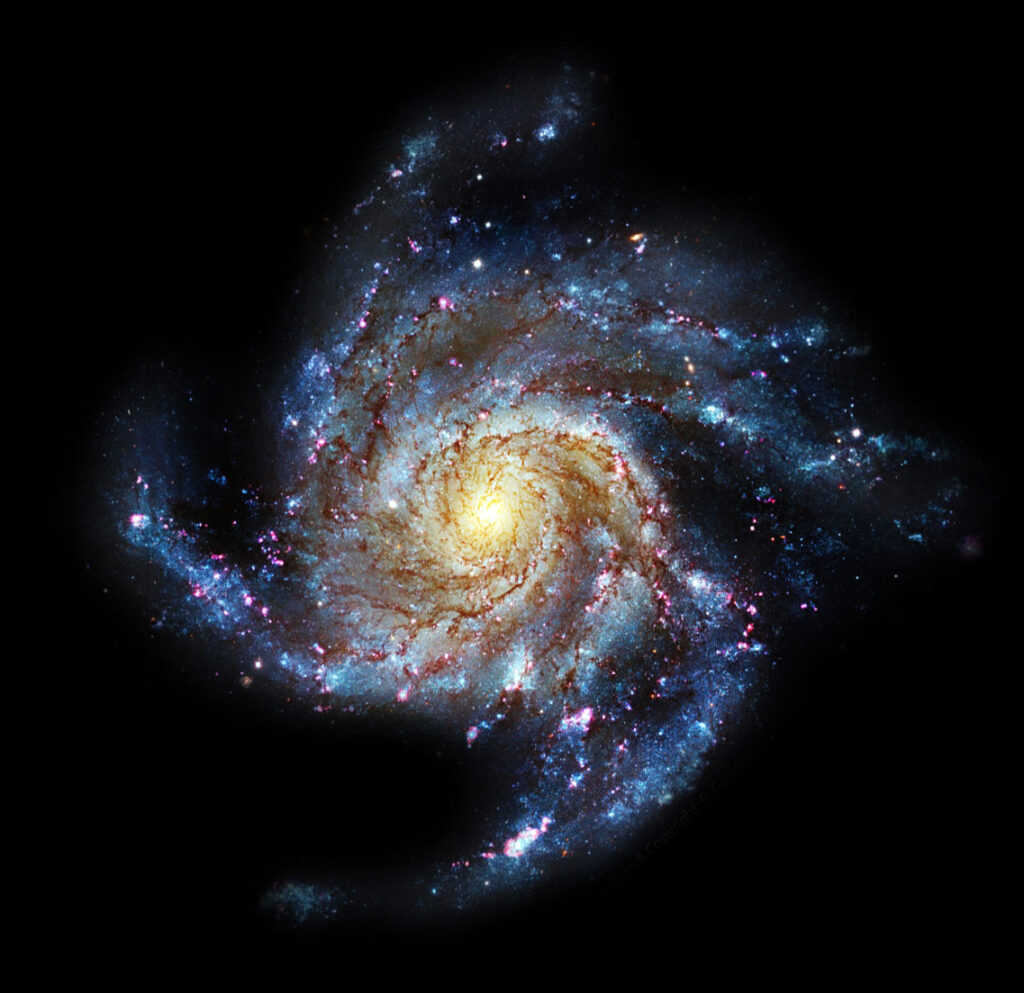
There are currently no confirmed planets discovered in the Pinwheel galaxy, however, the likelihood that there are many planets in the galaxy is extremely high. We just haven’t been able to pinpoint them.
Because the Pinwheel galaxy is millions of light-years away from us, the light we get from it is little, which limits our ability to individually detect planets and even stars. We just see one big chunk of light beautifully arranged into a spiral, but it’s hard to separate that into single elements.
The good news is that we estimate the Pinwheel galaxy may be home to billions or even one trillion stars. If we extrapolate everything we know about the universe to that information, it is very likely that many of those stars have formed star systems similar to our Solar system, which means there is a high probability that there are too billions or trillions of planets in the Pinwheel galaxy ready to be discovered one day.
Pinwheel Galaxy Planets Pictures
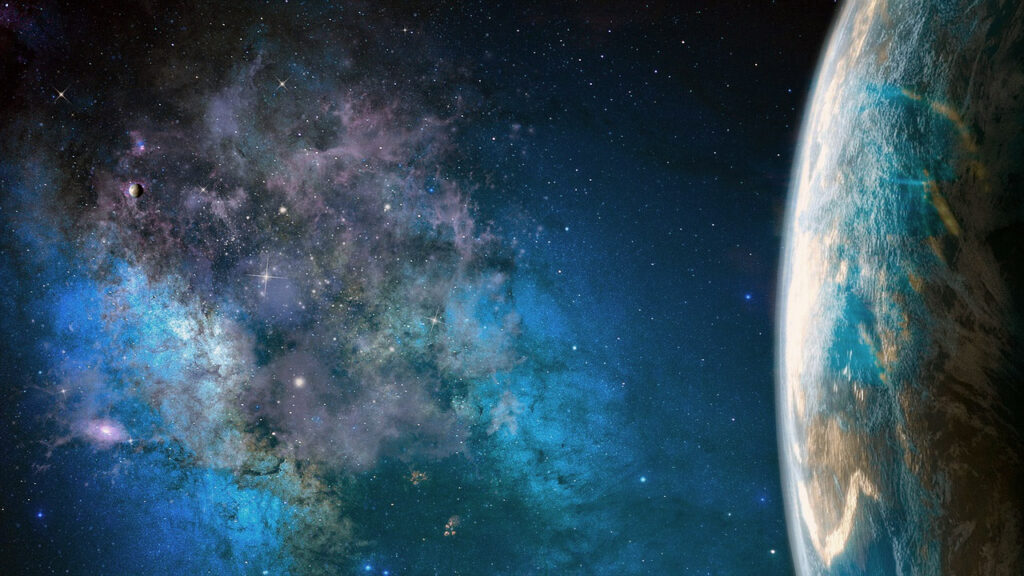
The advanced image-processing techniques that are used to detect planets outside the Solar system (called exoplanets) only analyze the little dots of light that we get due to the long distances between stars and galaxies. We currently do not have the technology to photograph planets at such a distance.
Galaxies are also too far away from us to be able to send probes to gather data. It would take our fastest spacecraft millions of years to get even to the nearest galaxy. So for now, we are stuck trying to build bigger and better telescopes that will hopefully help us get a better view.
The best that we can do with the data we get at such distances is to estimate the mineral and chemical composition of the planets and then use that to make an artist’s rendition or a 3D rendering.
What do you think the planets in the Pinwheel galaxy could look like? leave a comment with your ideas.
Can the Planets in the Pinwheel Galaxy support life?
There is not enough evidence at the moment to tell wether or not the planets in the Pinwheel Galaxy could support life.
The odds tell use that statistically, it is very probrable that at least a few of the billions or trillions of planets in a galaxy can develop the necessary conditions to sustain life.
We believe that for a planet to sustain life, it needs to be located at a certain distance from its star where it can support liquid water. This distance is different from star to star because of their differences in size and energy, but it is calculable. Astronomers call this range the goldilocks zone.
If the Pinwheel galaxy contains star systems similar to ours, then it is highly likely that one or more planet are located within their respective goldilocks zone and have the necessary conditions to develop life as we know it.
Summary
- The Pinwheel Galaxy is located more than 20 million light-years away. This makes it really hard to identify individual planets in it.
- However, statistically, it is almost a certainity that the galaxy contains billions or even trillions of planets.
- A few planets out of all of these might have the necessary conditions to support carbon-based life.


